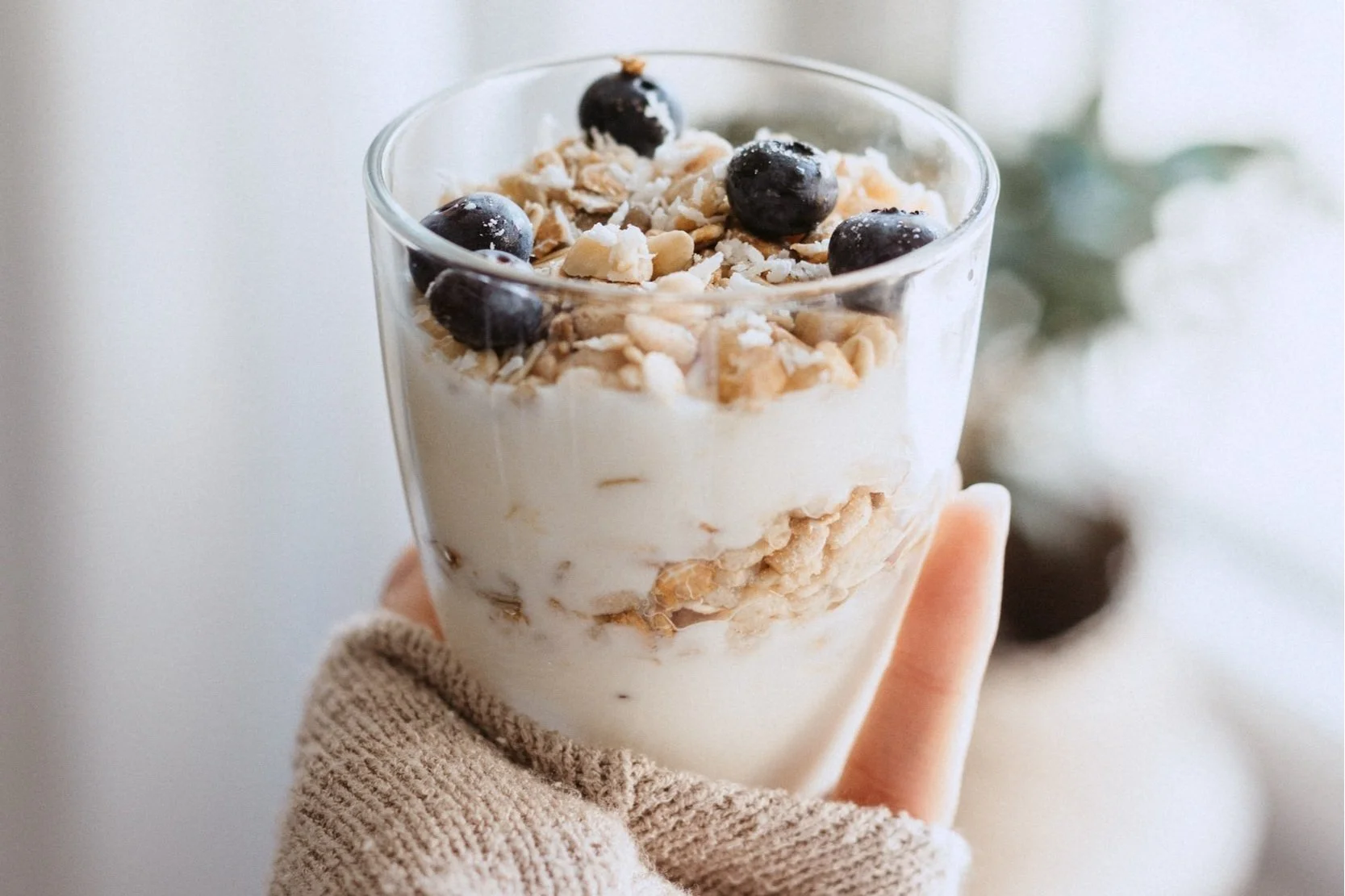How to Lose Fat and Gain Muscle
As wonderful as fitness is for your brain, heart, longevity, mood and overall wellbeing, by far the most common question I get is how to lose fat and gain muscle. In other words, how to look good! I see nothing wrong with having aesthetic goals – you’ll get all of the other health benefits along the way – but there is a lot of misinformation out there. I hope you’ll see that getting a defined physique is absolutely achievable in the context of a healthy lifestyle that you can sustain long-term.
I synthesized this information from a variety of sources, based on my own personal experience and research. I encourage you to take this as a starting point for your own journey, and to adjust it as works best for your body.
So let’s jump in! The easiest way to understand how to lose fat and gain muscle is to look at the two inputs separately (exercise and nutrition) and the two outcomes separately (fat loss and muscle gain). By understanding how our physiology works, we can tweak each individual input to achieve a desired outcome.
Of the two inputs, nutrition – not exercise – is the one that matters most. Studies have shown that people cannot lose significant weight in the long term just by exercising more (1). There are a few reasons for this: first, we tend to be hungrier and eat more calories when we exercise, and this is compounded by the fact that most fitness trackers (including our guestimates in our brains) tend to overestimate the calories we’ve burned during a workout. It’s also because our body will find other ways to compensate for the calories expended during exercise, such as decreasing the energy devoted to other bodily (e.g. gut function, brain function) to shuttle more energy to muscle recovery.
So as much as we don’t want to hear it, our diet matters, and we need to focus first and foremost on nutrition if we want to lose fat and gain muscle. So how do you accomplish that?
In short, fat loss is achieved by eating at a slight calorie deficit. I say “slight” because I want this to be a sustainable lifestyle change, but also because restriction just doesn’t work. If you eat too few calories, you’ll just go into starvation mode and tank your metabolism. On the other hand, there are lots of people who are eating a “clean” diet of whole, real foods, but they can’t lose fat because they’re not eating in a calorie deficit. (This is also why many people do lose weight once they start eating a whole foods diet: the diet naturally leads them into a slight calorie deficit, even when they’re not counting calories.)
To determine whether you’re in a calorie deficit, you first have to calculate your total daily energy expenditure (TDEE). This is the number of calories you typically burn per day, and it’s based on your age, gender, height, weight, and activity level. You can calculate yours here. Most nutritionists recommend eating at your TDEE or slightly below (by 200-500 calories per day) if you want to lose fat over time. Do not restrict or start too low! I do recommend tracking your calories using a meal tracker app like My Fitness Pal if fat loss is important to you.
Okay, so that’s fat loss, but what about muscle gain? The building blocks of muscle are, of course, protein. As we age, it’s even more important to eat adequate amounts of protein to avoid muscle wasting (which is called sarcopenia). We develop “anabolic resistance” with age, which is why it takes more dietary protein to maintain and build muscle as we get older.
“Adequate amounts of protein” means 0.75-1 gram of protein per pound of ideal body weight per day. If you don’t know your ideal body weight, you can look it up here (there are four different formulas for ideal body weight, but any of them will give you a ballpark number). The amount of protein required to build and sustain muscle might seem surprisingly high to most people, but of the three macronutrients – fat, carbohydrates, and protein – it’s the one that matters most for building muscle. I also have to mention that animal sources of protein are most efficient at building muscle, so it can be tricky if you’re eating a vegan diet (but doable if you work closely with a nutritionist). Just like calories, I think it’s important to track your daily amount of protein with a meal tracker app to make sure you’re getting enough.
Now that we’ve got our nutrition dialed in to lose fat and build muscle, the final piece of the puzzle is resistance training. It seems obvious, but you can’t build muscle unless you’re working your muscles. I know it’s not what many women want to hear, but resistance training is the secret to achieving a toned physique. If you’re worried about getting bulky, fear not. You’d need a significant calorie surplus and lots of targeted supplements, workouts, and even possibly hormones to bulk up. What we’re talking about is achieving definition, and for this to work, it’s important to focus on muscle fatigue, and to work each muscle group without overworking it.
To get enough resistance training to achieve muscle definition (or hypertrophy, as fitness experts call it), you need to train with progressive overload. This means that you should get close to failure in each set for each muscle group and repeat those sets over the course of the week. A good goal to shoot for is to do four to ten sets of training each muscle group per week. I don’t train the same muscle group on consecutive days, and I aim for at least one recovery day per week so as not to overtrain, which can lead to injury and a whole host of other problems. If you don’t know where to start, I recommend hiring a personal trainer to show you. From there you can follow a weekly strength training programming app – I like Evlo, Moves by Madeline, TMAC Fitness and even Peloton Strength – to make sure you’re getting it in.
So here it is in three simple steps:
Eat at a slight calorie deficit: start at 200 calories below your TDEE
Eat enough protein: 0.75-1 gram of protein per pound of ideal body weight per day
Resistance train to muscle fatigue
Last but not least, how do you measure your progress? The gold standard is a DEXA scan. That scan measures your entire body composition most accurately – it’s the one doctors use to measure bone density. So ideally, you’d get a DEXA scan every month, but if you don’t have access to one (and they can be expensive), you can track your progress with an InBody scale. This is a special scale that most gyms or weight loss clinics will let you use for a small (if any) fee, and it will give you an estimate of your body composition metrics, including fat and muscle, that you can track over time.
The WORST way to track your progress? The bathroom scale. Muscle weighs more than fat but takes up less space, so when you gain muscle, you’ll see your weight increase even though you’ll actually drop in size.
Finally, progress takes time, so don’t rush it. Give yourself several months to see results. I know that’s more time than you probably would like, but that’s actually the point! There is no evidence that restriction and over-exercising works in the long-term; in fact, it will only set you back.
I hope these tips will give you a baseline to create a healthy lifestyle that you can sustain for many years to come. These three simple steps have worked for me, and I hope it helps give you a starting point for your own personal journey. I’d love to know what you think!
In good health,
Gina
1. Cox et al. The Role of Physical Activity for Weight Loss and Maintenance. Diabetes Spectrum 2017, doi 10.2337/ds17-0013






